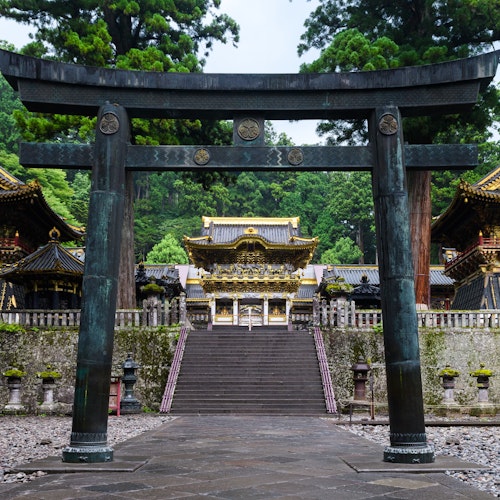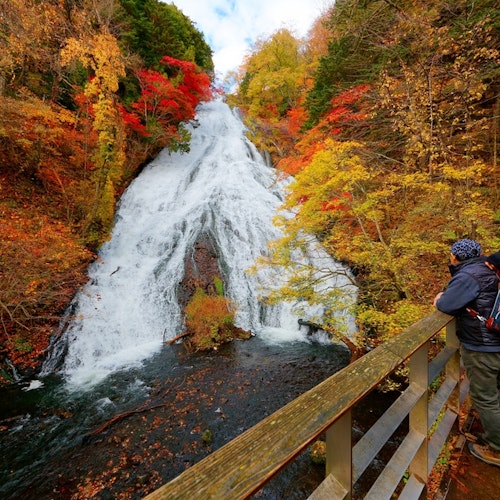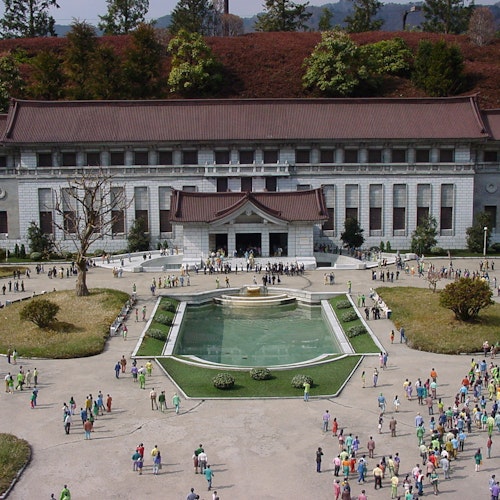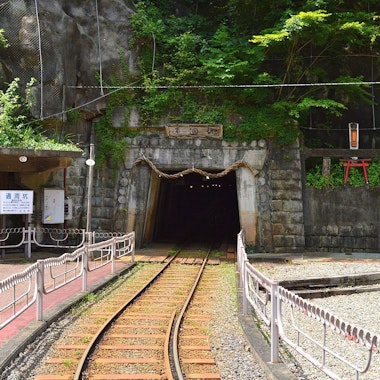
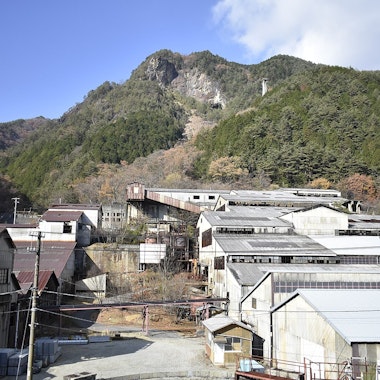
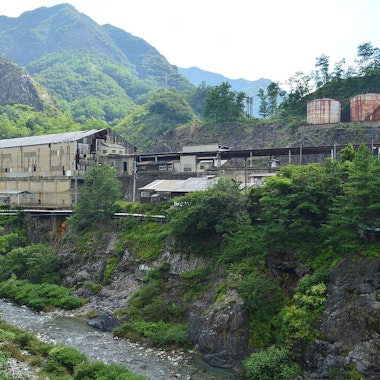
The Ashio Copper Mine stands as one of Japan's most historically significant industrial sites, operating for 400 years until its closure in 1973. Copper was first discovered at Mt. Bizen Tateyama in 1610, and the mine became one of the largest copper mines in Japan. In the beginning of the 20th century, the mine accounted for 40% of copper exports in Japan, playing a crucial role in the country's modernization during the Meiji era.
The site holds profound cultural and environmental significance as the location of Japan's first major environmental disaster in the 1880s and the scene of the 1907 miners' riots. This pollution disaster led to the birth of Japan's environmental movement and resulted in important legislative changes. In 2008, the mine received protection as a National Historic Site, recognizing its importance to Japanese industrial heritage.
Today's visitors can experience authentic mining conditions through a 700-meter-long underground tunnel tour. Boarding a trolley, you can travel along a dimly lit section of the former mine tunnel, with realistic mannequins recreating the harsh reality of ore mining in past centuries. Trolley cars run every 15 minutes, with interactive buttons that move dolls and play daily work conversations. The tunnels maintain cool temperatures year-round, and visitors can observe distinctive blue mineral deposits on the rock surfaces. The on-site museums provide comprehensive exhibits about the mine's four-century history and its impact on Japanese society.
Access is available via 50-minute bus rides from Nikko Station or Tobu-Nikko Station on Soai Hospital-bound buses, alighting at Ashio Dozan Kanko Mae bus stop. The site is approximately 30 minutes by car from central Nikko city. Admission costs ¥830 for adults and ¥410 for children under 15. English brochures are available upon request, as tunnel signage is primarily in Japanese. The attraction operates as a comprehensive theme park where visitors can learn about one of Japan's most important industrial heritage sites.
